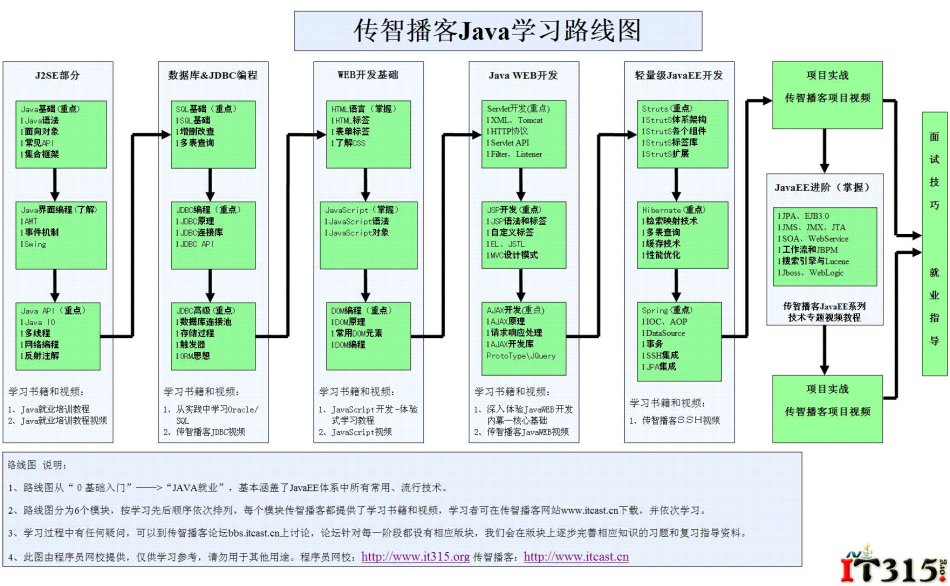ThreadPoolExecutor 的 shutdown() 和shutdownNow()
public List<Runnable> shutdownNow() {List<Runnable> tasks;final ReentrantLock mainLock = this.mainLock;mainLock.lock();try {checkShutdownAccess();advanceRunState(STOP);interruptWorkers();tasks = drainQueue();} finally {mainLock.unlock();}tryTerminate();return tasks;}public void shutdown() {final ReentrantLock mainLock = this.mainLock;mainLock.lock();try {checkShutdownAccess();advanceRunState(SHUTDOWN);interruptIdleWorkers();onShutdown(); // hook for ScheduledThreadPoolExecutor} finally {mainLock.unlock();}tryTerminate();}对比其代码可知 shutdown 只是将空闲的线程interrupt() 了, 因此在shutdown()之前提交的任务可以继续执行直到结束。而shutdownNow 是interrupt所有线程, 因此大部分线程将立刻被中断。之所以是大部分,而不是全部 ,是因为interrupt()方法能力有限。如果线程中没有sleep 、wait、Condition、定时锁等应用, interrupt()方法是无法中断当前的线程的。所以,ShutdownNow()并不代表线程池就一定立即就能退出,它可能必须要等待所有正在执行的任务都执行完成了才能退出。例如下面这种情况 将一直打印 go to sleeppackage edu.neu.xiaobing.concurrent;import java.util.concurrent.ExecutorService;import java.util.concurrent.Executors;public class Interrupt {/*** @param args*/public static void main(String[] args) {// TODO Auto-generated method stubExecutorService executor = Executors.newCachedThreadPool();executor.execute(new Interrupt().new MyRunnable());executor.shutdownNow();}class MyRunnable implements Runnable{@Overridepublic void run() {// TODO Auto-generated method stubwhile(true){System.out.println("go to sleep");// try {//// Thread.sleep(100000);//// } catch (InterruptedException e) {// // TODO Auto-generated catch block// e.printStackTrace();// System.out.println("sleeping");// }}}}}
补充:软件开发 , Java ,




